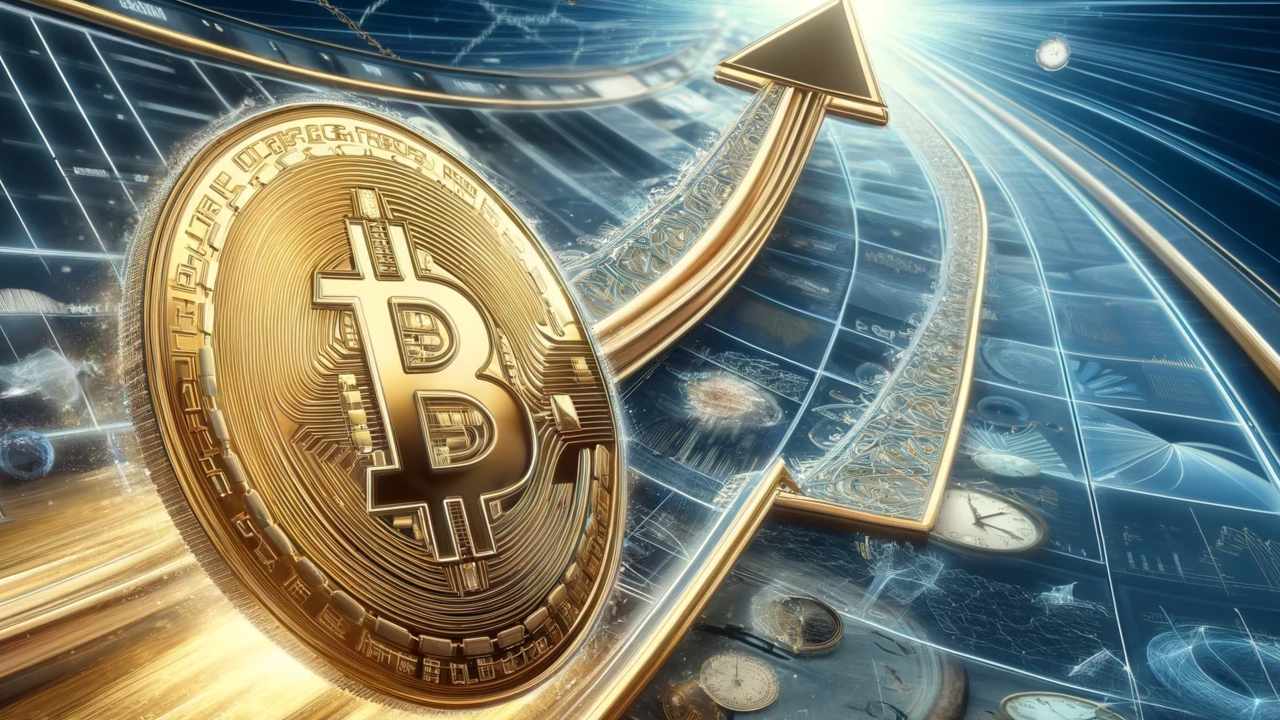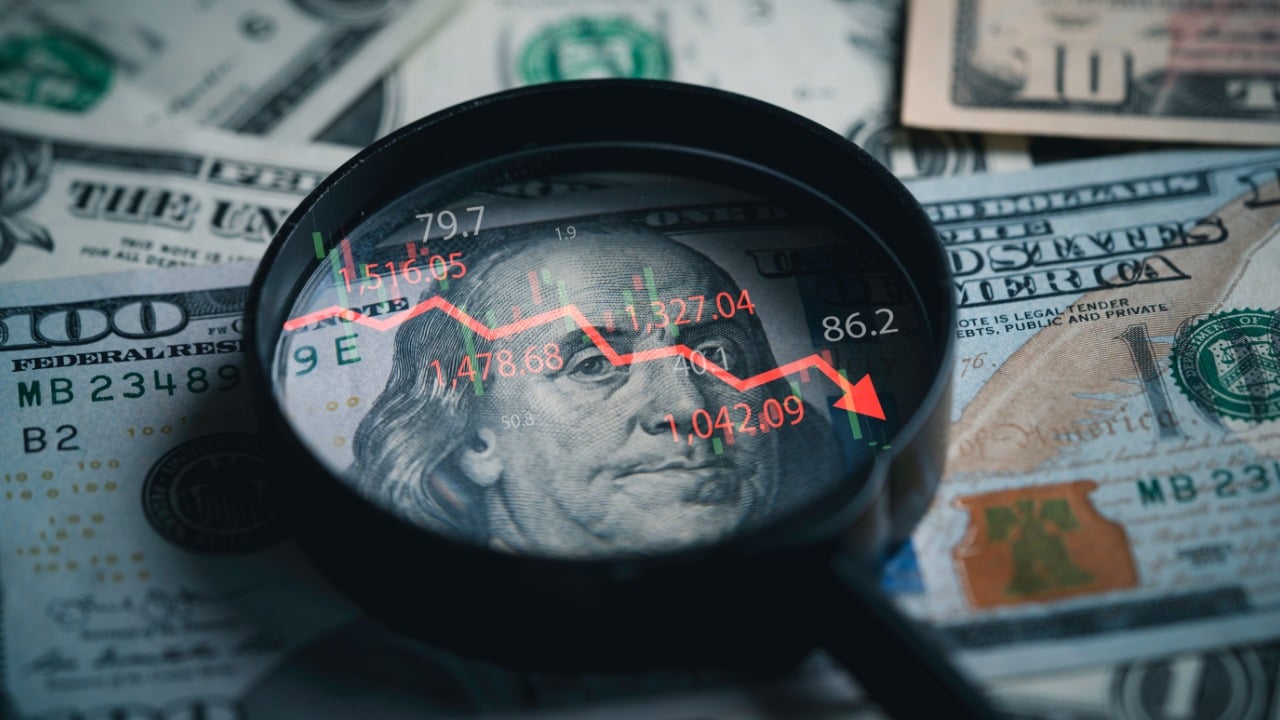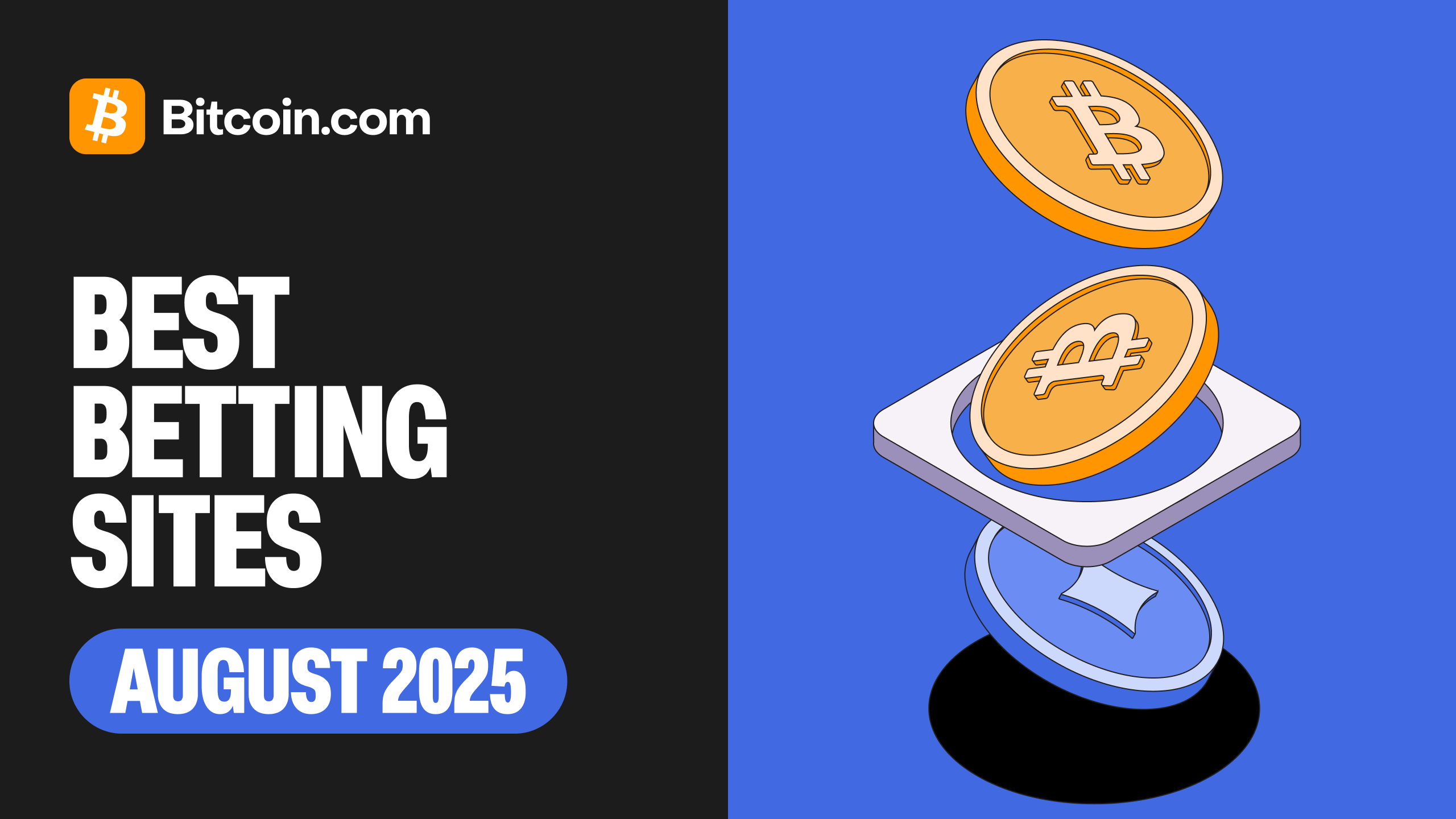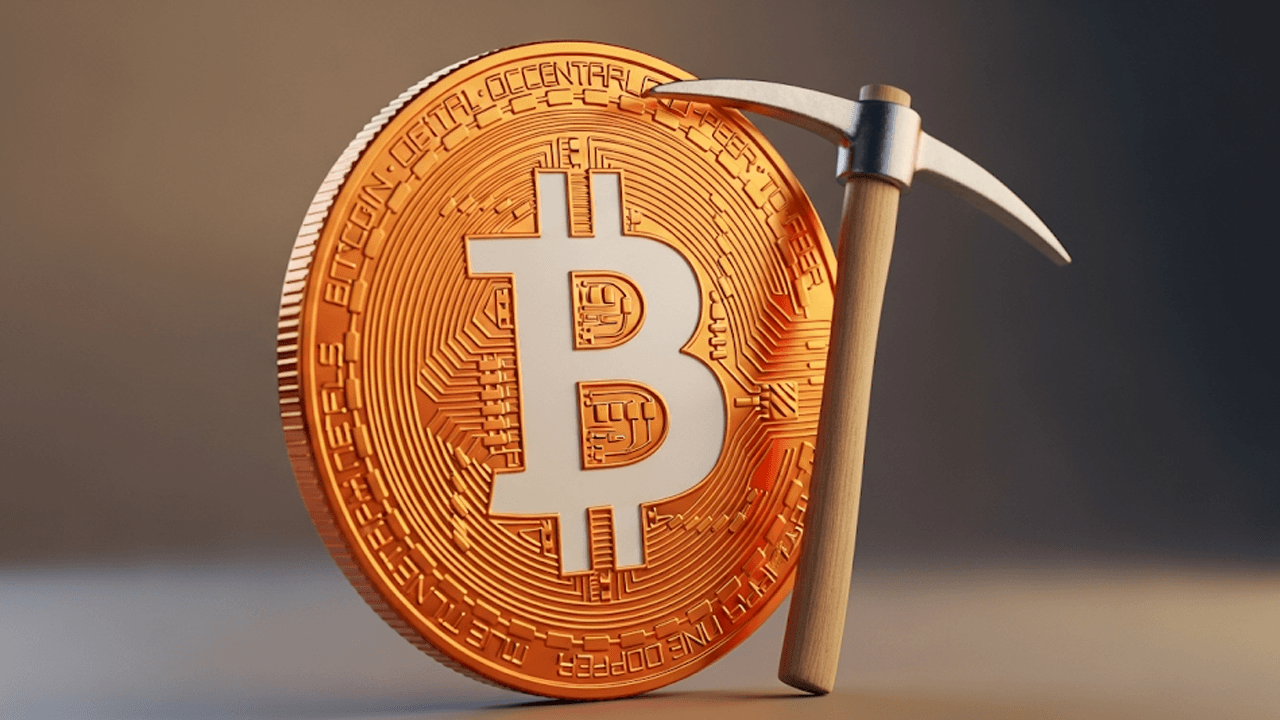The global financial landscape is increasingly characterized by mounting debt levels, with governments, corporations, and consumers collectively amassing liabilities that far exceed the world’s gross domestic product (GDP). This unsustainable accumulation of debt has sparked widespread concern among economists and investors alike, with many warning of an imminent debt crisis that could trigger a global financial collapse. Amid these fears, Robert Kiyosaki, the renowned author of *Rich Dad Poor Dad*, has emerged as a vocal advocate for using alternative assets—particularly Bitcoin, gold, and silver—as a hedge against this looming catastrophe. His perspective has reignited debates around wealth preservation strategies in volatile times, offering a contrarian view that challenges traditional investment wisdom.
The Global Debt Bubble: A Ticking Time Bomb
The global debt bubble refers to the staggering accumulation of debt across various sectors, with estimates suggesting that total debt exceeds $315 trillion. This figure is not only alarming but also unsustainable, as it far surpasses the global GDP, which stands at approximately $100 trillion. The overleveraging of economies creates systemic vulnerabilities, as excessive debt can lead to a sudden deleveraging or default cascade, triggering a profound financial crisis. Historically, such debt bubbles have been followed by severe economic downturns, as seen in the 2008 financial crisis and the subsequent Great Recession.
Kiyosaki argues that traditional assets, such as fiat currencies and bonds, are particularly vulnerable in this environment. He contends that holders of these assets will suffer the most severe losses as inflation, currency debasement, and monetary policy interventions erode their value. In contrast, he advocates for tangible or scarce assets, which he believes can serve as effective hedges against monetary debasement and economic collapse.
The Role of Bitcoin, Gold, and Silver as Hedge Assets
Kiyosaki’s recommendations are rooted in the notion that tangible or scarce assets can preserve wealth during times of economic turmoil. He identifies three key assets that he believes will outperform traditional investments in the event of a debt crisis: gold, silver, and Bitcoin.
Gold and Silver: Time-Tested Safe Havens
Gold and silver have long been regarded as safe-haven assets, particularly during periods of inflation or economic instability. Their physical nature and limited supply give them intrinsic value, making them trusted stores of wealth worldwide. Throughout history, these precious metals have acted as a hedge against currency devaluation and financial crises. For instance, during the 2008 financial crisis, gold prices surged as investors sought refuge from the collapsing stock markets. Similarly, silver has demonstrated resilience in times of economic uncertainty, often outperforming other asset classes.
Kiyosaki emphasizes that gold and silver are not merely speculative assets but are essential components of a diversified investment portfolio. He argues that their historical performance and intrinsic value make them indispensable in safeguarding wealth against the erosion of fiat currencies.
Bitcoin: The Digital Gold of the 21st Century
Bitcoin, often referred to as “digital gold,” embodies scarcity through its fixed supply of 21 million coins. Its decentralized and censorship-resistant qualities further enhance its appeal as a store of value independent of government control. Kiyosaki positions Bitcoin as a critical tool for wealth preservation, particularly in an era of unprecedented monetary expansion and fiscal stimulus.
Unlike traditional currencies, which can be printed indefinitely, Bitcoin’s supply is capped, making it immune to inflationary pressures. This scarcity is a key factor in Kiyosaki’s bullish outlook on Bitcoin, as he believes that its limited supply will drive its value higher over time. He also highlights Bitcoin’s potential to disrupt traditional financial systems, offering a decentralized alternative that is resistant to government intervention and manipulation.
Kiyosaki’s Price Predictions and Investment Timing
Despite acknowledging Bitcoin’s notorious volatility, Kiyosaki remains aggressively bullish on its long-term prospects. He has made several bold predictions, including a forecast that Bitcoin will reach $200,000 by 2025 and potentially soar to $1 million by 2030. His optimism is not merely based on speculative price appreciation but on the belief that Bitcoin will serve as a critical hedge against the impending debt crisis.
Kiyosaki advises investors to “buy the dip,” recognizing that market corrections and volatility can present advantageous entry points. He encourages a contrarian mindset, urging investors to remain confident in alternative assets even amid panic selling and market uncertainty. His strategy is rooted in the belief that those who hold Bitcoin, gold, and silver when the debt bubble bursts will be well-positioned to preserve and multiply their wealth, while those clinging to fiat and bonds risk devastating losses.
Implications for Investors and the Broader Economy
Kiyosaki’s warnings extend beyond speculative interest, raising critical questions about global financial stability, monetary policy efficacy, and asset allocation in uncertain environments. Investors face a dilemma: maintaining faith in traditional safe assets that may erode in value under hyperinflation or navigating the volatility of cryptocurrencies while grappling with regulatory uncertainties and market sentiment swings.
The timing of exits and entries is also a significant consideration. Investors must carefully balance the need to avoid catastrophic losses with the opportunity to position themselves for long-term gains. Kiyosaki urges a proactive approach, advocating for a shift away from fiat assets toward tangible and decentralized forms of wealth preservation.
Potential Risks and Criticisms
While Kiyosaki’s perspective offers a compelling narrative, it is essential to approach such forecasts with critical analysis. Several factors could undermine his predictions, including market speculation, volatility, and regulatory uncertainties.
Market Speculation and Volatility
Bitcoin’s price is influenced by a multitude of factors, including regulation, technological adoption, macroeconomic shifts, and market sentiment. Predicting specific milestones, such as $1 million per Bitcoin by 2030, carries significant uncertainty. The cryptocurrency market is known for its extreme volatility, with prices capable of swinging dramatically in short periods. Investors unprepared for such fluctuations may face psychological and financial stress, potentially leading to impulsive decisions that result in losses.
Regulatory Uncertainties
The regulatory landscape for cryptocurrencies remains uncertain, with governments around the world grappling with how to regulate this emerging asset class. Changes in regulation could significantly impact Bitcoin’s price and adoption, introducing additional risks for investors. For instance, a crackdown on cryptocurrencies by major economies could lead to a sharp decline in Bitcoin’s value, undermining its appeal as a hedge asset.
Contrarian Views
Some analysts argue that while debt levels are high, innovative policy measures or economic growth may mitigate catastrophic outcomes. They contend that central banks and governments have the tools to manage debt crises, preventing a full-blown collapse. Additionally, the effectiveness of Bitcoin as a hedge remains debated, with some skeptics questioning its long-term viability as a store of value.
Conclusion: Preparing for an Uncertain Future
Robert Kiyosaki’s advocacy for Bitcoin, gold, and silver amid warnings of an unprecedented global debt bubble burst is a clarion call for investors to rethink conventional strategies. His projections of Bitcoin’s potential meteoric rise embody both risk and opportunity—a strategic hedge for those willing to brave volatility in pursuit of wealth preservation.
As financial systems strain under the weight of massive debt and monetary policies face limits, diversifying into alternative, scarce assets may provide a vital safeguard. Whether Kiyosaki’s dramatic forecasts fully materialize or serve chiefly as cautionary inspiration, the core message is clear: preparing thoughtfully and proactively amid financial uncertainty can differentiate those who endure and prosper from those who falter.
Understanding and acting on this call demands a combination of prudence, education, and courage—tools every investor must wield in navigating the turbulent markets ahead. By carefully considering the risks and opportunities presented by alternative assets, investors can position themselves to weather the storm of an impending debt crisis and emerge stronger on the other side.





